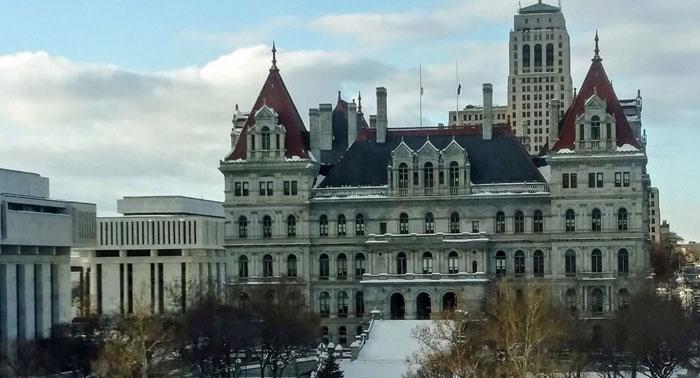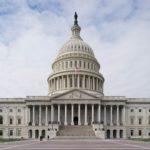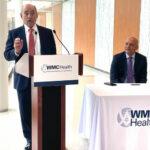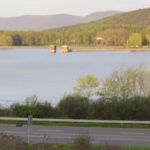ALBANY – Legislation introduced by State Senator Pete Harckham and Assemblyman Steve Englebright to protect and regulate freshwater wetlands statewide was included in the newly just-approved state budget.
The measure will update the state’s wetland maps for the first time in over 25 years, which will safeguard fragile drinking water supplies while also helping to combat climate change through carbon mitigation in millions of acres.
“Too often new commercial and residential development in New York threatens the existence of freshwater wetlands for the simple reason there are no updated maps of these critical environmental resources to ensure their protection,” said Harckham. “Now enacted, the law will guide the proper stewardship of our wetlands and offer safeguards as well.”
“Because freshwater wetlands transform atmospheric carbon dioxide into carbon-rich soil, reduce the effects of frequent flooding, purify water and nurture wildlife, these moist woods and meadows play an outsized role in environmental conservation,” said Englebright. He called the new law “a milestone in our fight against climate change.”
Currently, for a wetland to be subject to regulation under New York State law, it must be delineated on existing freshwater wetlands maps prepared by the state Department of Environmental Conservation after lengthy public comment. Most of these maps have not been updated in over 20 years, making them incomplete, and the amendment process can be time-consuming and overly burdensome in administrative costs, the lawmakers said.
Roger Downs, conservation director, Sierra Club Atlantic Chapter, said the new “historic wetlands regulatory reforms will make our communities more resilient to increasing floods, droughts and ecological disruption brought on by the climate crisis. State and municipal regulators will now have the tools to identify and enhance the diverse mosaic of wetlands that protects New York’s communities, drinking water and biodiversity.”








